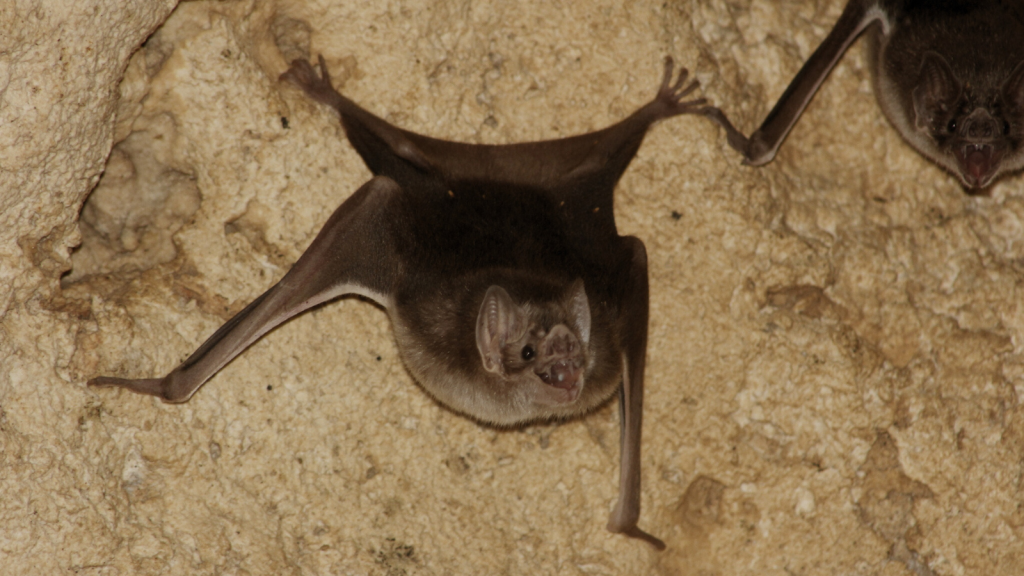Grasshoppers might seem like harmless little creatures, hopping about in meadows and gardens. But in the natural world, they’re a tasty snack for many predators. These insects are packed with protein and easy to catch, making them a popular meal choice for a variety of animals. From birds swooping down from the sky to sneaky reptiles lurking in the grass, grasshoppers face danger from all directions. Let’s explore some of the creatures that see these jumping insects as a delicious treat.
Birds of Prey

Hawks and falcons are skilled hunters that often target grasshoppers. These sharp-eyed birds can spot the insects from high in the air and swoop down to snatch them up. Some smaller birds of prey, like kestrels, even hover in place while searching for grasshoppers in fields. The American kestrel, in particular, can eat up to 17 grasshoppers in a single hour during peak feeding times.
Lizards

Many lizard species love to munch on grasshoppers. These quick-moving reptiles use their long tongues to catch the insects. Some lizards, like the green anole, can even change colour to blend in with their surroundings and sneak up on unsuspecting grasshoppers. The western fence lizard, common in North America, relies heavily on grasshoppers as a primary food source during summer months.
Praying Mantises

Praying mantises are fearsome predators in the insect world. They use their spiky front legs to grab grasshoppers and other prey. Mantises can turn their heads to watch their prey, making them excellent hunters. A single praying mantis can devour up to 16 grasshoppers in a day, helping to control pest populations in gardens and farms.
Shrews

These tiny mammals might look cute, but they’re voracious predators. Shrews have a very fast metabolism and need to eat almost constantly. Grasshoppers make up a big part of their diet, especially in grassy areas. The common shrew can eat up to three times its own body weight in food each day, with insects like grasshoppers forming a substantial portion of this intake.
Frogs and Toads

Amphibians like frogs and toads are well-known insect eaters. They use their long, sticky tongues to catch grasshoppers and other bugs. Some species can even leap to catch grasshoppers in mid-jump. The American bullfrog, one of the largest frog species in North America, can consume up to 10 grasshoppers in a single meal.
Spiders

Many spider species hunt grasshoppers, either by spinning webs to catch them or by actively chasing them down. Wolf spiders, which don’t build webs, are particularly good at hunting grasshoppers on the ground. The garden orb-weaver spider can catch and eat grasshoppers several times its own size, wrapping them in silk before consuming them.
Bats

While we often think of bats eating mosquitoes, many species also feast on larger insects like grasshoppers. Bats use echolocation to find their prey in the dark, snatching grasshoppers right out of the air. The big brown bat, common across North America, can eat up to one-third of its body weight in insects each night, with grasshoppers often on the menu.
Mice and Voles

These small rodents might seem unlikely predators, but they often eat grasshoppers when they can catch them. Field mice and voles are particularly fond of grasshoppers, which provide a protein-rich meal. The common vole can consume up to 60% of its body weight in food daily, with insects like grasshoppers supplementing their primarily vegetarian diet.
Skunks

Skunks are omnivores that enjoy a varied diet, including grasshoppers. They use their strong claws to dig for insects in the soil and grass. Grasshoppers make up a significant part of their insect intake. A single skunk can eat hundreds of grasshoppers in a night, making them valuable allies in controlling these insects in agricultural areas.
Roadrunners

These fast-running birds, famous from cartoons, are actually skilled hunters in real life. Roadrunners chase down grasshoppers and other insects, using their speed and agility to catch their prey. In addition to insects, roadrunners also eat small reptiles and rodents, making them versatile predators in desert and scrubland ecosystems.
15 Facts About the Honey Badger, the Fiercest Animal in Africa

The honey badger, a small but mighty creature, roams the African wilderness with a fearless attitude that’s earned it quite a reputation. These tenacious animals have captured the imagination of wildlife enthusiasts and casual observers alike. Despite their name, honey badgers aren’t closely related to European badgers and are more akin to weasels and otters. Their tough-as-nails approach to life and remarkable abilities have made them the stuff of legend. Let’s explore some fascinating facts about these extraordinary creatures that prove why they’re considered Africa’s fiercest animals.
Read More: 15 Facts About the Honey Badger, the Fiercest Animal in Africa
15 Animals That Eat Hornets

Nature never fails to amaze me. Who would’ve thought so many creatures would prey on hornets? Their painful stings and fierce and aggressive behaviour make them seem like a pretty unappetizing meal to me. While hornets might seem like formidable insects that few creatures would dare to tangle with, they actually have quite a few natural enemies. From nimble birds to crafty mammals, plenty of other creatures make meals out of these stinging insects.
Read More: 15 Animals That Eat Hornets
Becky is a fervent wildlife enthusiast and pet care expert with a diploma in canine nutrition. Her love for animals stretches beyond the domestic, embracing the wild tapestry of global fauna. With over a decade of experience in animal welfare, Becky lends her expertise to OutlandishOwl through insightful articles, captivating wildlife information, and invaluable guidance on pet nutrition. Her work embodies a deep commitment to understanding the intricate lives of animals and a passion for educating others on sustaining natural habitats. Becky's hands-on conservation efforts and her knack for translating complex dietary science into practical pet feeding tips make her an indispensable voice for creatures great and small.




